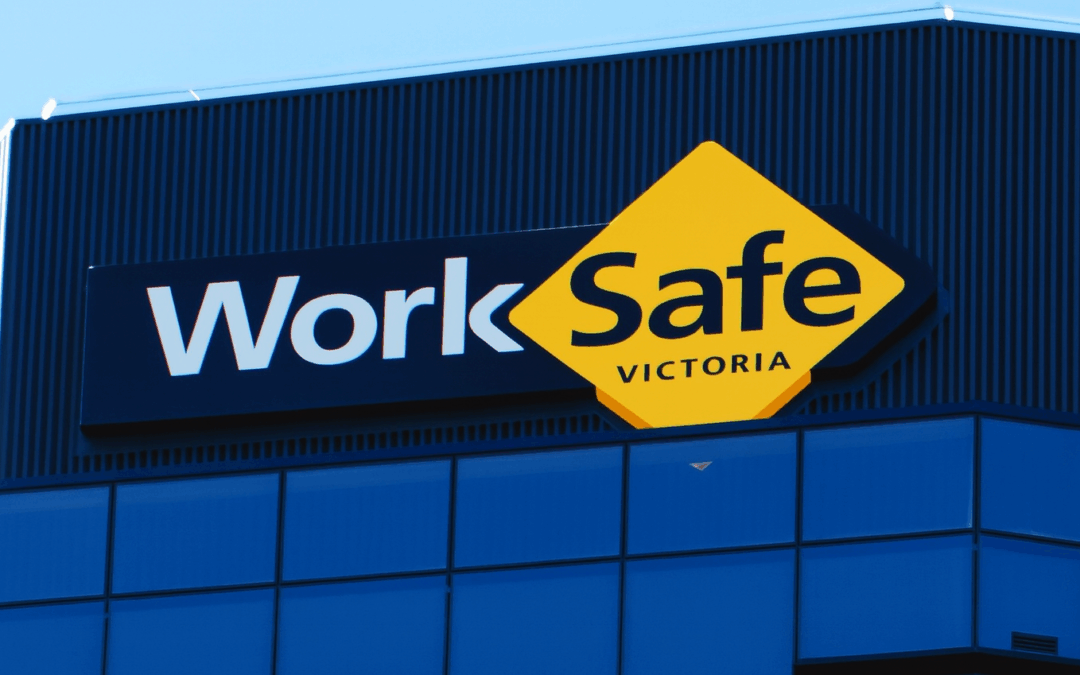It is common knowledge that individual employers and companies can be charged for maintaining an unsafe workplace in circumstances where an employee has been injured in the workplace. Where this occurs, the penalties can be particularly severe and, in rare cases where an employee has passed away, employers can be prosecuted for workplace manslaughter.
What is less well known is that employers can be prosecuted for maintaining an unsafe workplace where nobody was injured, but where there is a risk of injury and, in particular, a serious injury. In many of the cases where our clients are prosecuted for risk-based offending, they are otherwise responsible employers with no criminal history and no history of WorkSafe prosecutions. However, the penalties can be severe.
WorkSafe: Prosecuting Risk-Based Offending
The rationale for prosecuting risk-based offending (where an injury hasn’t eventuated) is that Occupational Health and Safety legislation is designed to be preventative. The Occupational Health and Safety Act 2004 contains an overarching provision that a person upon whom a duty is imposed under the act is required to ensure (so far as is reasonably practicable) that risks to health and safety in the workplace are eliminated or, where those risks cannot be reasonably eliminated, reduced so far as is reasonably practicable.
Risk reduction is a cornerstone of most company’s OHS policies. In many industries, there are risks inherent in the work that is conducted. This includes construction, mining and some healthcare settings (for example, psychiatric services). However, companies and employers working in these industries are required to have processes in place to reduce the risks associated with the work.
The Importance of Safe Work Method Statements
In our experience, where most companies and individual employers fail is that they do not have appropriate SWMS in place to guide their employees and contractors in relation to proper practice. SWMS (Safe Work Method Statements) which are documents, either contained in a physical brief or electronically, which outlines what activities in the work place are high risk, the hazards associated with those risks and the measures that must be taken to control these risks. For example, where a business is involved in construction, there will be SWMS navigating working from heights, which require fall protection.
However, it is not enough to simply have SWMS in place. They need to be brought to the attention of all workers and contractors onsite, usually by having daily toolbox meetings to discuss the works to be conducted and the SWMS in place. Particularly since the COVID-19 pandemic, many workplaces have navigated to electronic SWMS where employees and contractors acknowledge that they have read and understood the SWMS by reviewing and signing the SWMS electronic on a tablet or via an app. The relevant legislation requires that SWMS be reviewed regularly to ensure that they are accurate and, also, workplace specific (ie, cover every risk inherent in the work).
WorkSafe: Offences as a Result of an Unsafe Working Environment
In the unfortunate event that a safe working environment is not maintained by an employer, there are a number of offences that can be committed as a result, with varying levels of seriousness (but all of which can be costly to an employer or company). For example, there is the offence of simply failing to maintain a working environment that is safe and without risks to health to employees or independent contractors engaged by the employer. This offence is an indictable offence and the financial penalties can run into the tens of thousands of dollars.
A more serious risk-based offence is the offence of recklessly endangering persons in the workplace. This occurs where a person recklessly engages in conduct that places or may place another person in the workplace at risk. The maximum penalty for a person is up to 5 years imprisonment or 1800 penalty units. For a company, the maximum penalty is a fine of up to 20,000 penalty units. Technically, a person charged with this offence does not have to be an employer or supervisor. Any person who creates a risk in the workplace can be charged. However, more often than not, it is the employer’s responsibility to prevent the offence from happening and, if the appropriate measures are not applied, the employer can be charged and face significant penalties.
Reach out to Galbally Parker Lawyers
We regularly represent hard-working and well-intentioned individual employers, or directors of companies, who are charged with risk-based offending, even if they were not on site nor in a position to intervene, because the appropriate SWMS and supervision were not in place. Often the offending is only detected because a WorkSafe inspector conducts a random inspection or there is a tip off from a member of the public concerned about unsafe working conditions on a construction site.
Once WorkSafe is involved, it can be terribly stressful and financially burdensome on the employer or company. There can also be real ramifications for insurance premiums and the ability of companies (prosecuted by WorkSafe) to apply for government work. Whilst prevention is always better than a cure, our experienced team of Worksafe lawyers regularly represent individuals and companies prosecuted by WorkSafe for risk-based offending. Our record is exceptional and we pride ourselves on giving thorough, practical and realistic advice to our clients facing prosecution.
If you or your company are charged by WorkSafe with risk-based offending, contact our team of defence lawyers to arrange your obligation free initial client consultation today.


